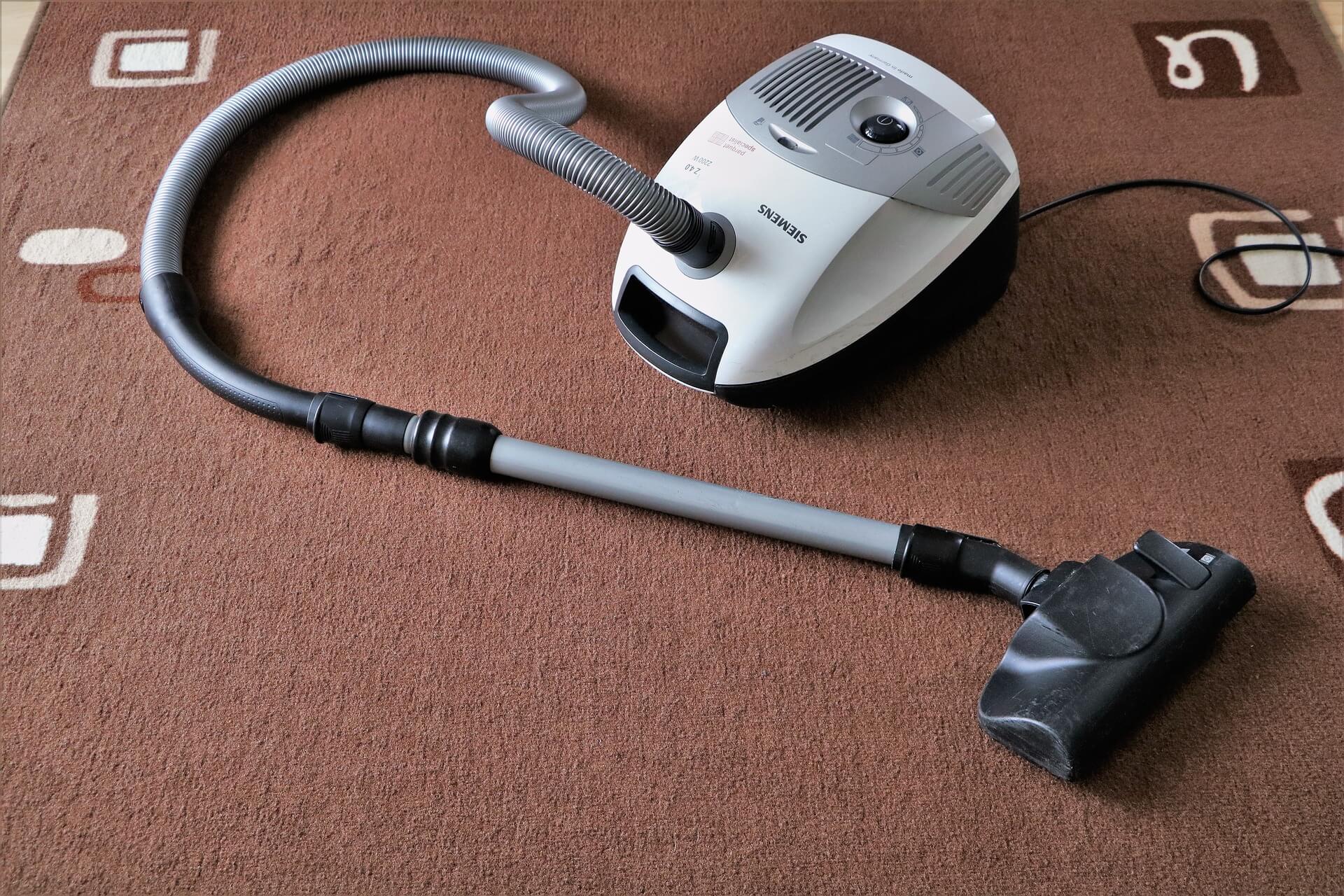The summer is a season for critical garden maintenance says the best weed removal experts. Otherwise, your lovely plants, flowers, and trees might suffer from disease or be infested by pests if you don’t perform the much-needed maintenance. But no matter what the summer throws your garden, you can keep up provided you know of some maintenance tasks like the following.
5 Summer Garden Maintenance Tips and Tactics You Have To Know
If you are not confident of pruning the trees and plants yourself, hire experts that can help you do the same. The best garden maintenance tips from Tree Service Riverside focus on understanding the individual personality and nature of every tree in your garden. This is why you need to be different in terms of fertilizer applications, watering schedules, and other areas. Let us look at some of the major tips below-
1. Ensure Having A Good Soil:
You can add organic matter to the soil, but it must be as varied as possible. For example, you can consider adding manure for nitrogen.
Manure is valuable because its nutrients are ready for consumption by the soil and plants.
You may also want to consider composting, which is the recycling of organic wastes that speed up soil formation.
Finally, you may also want to make use of earthworms in the method called vermicomposting. These organisms can convert manure, green crop residues, and food wastes into usable forms for the plants.
See that the nutrient balance is correct by running a test to check for soil fertility. For this, you can hire a lawn professional to inspect and evaluate if the soil is balanced with nutrients, including potassium, nitrogen, and phosphorus.
2. Remove The Weeds:
Weeds are real survivors, and they cannot just seem to stop annoying you. Be able to fight dirty by getting rid of them. At the very least, remember not to leave any roots behind, so do not yank only the leaves or they will grow back. Grab them lose to the ground and then pull them straight up.
The best time to remove the weeds is after the rain because the ground is still moist. Just a word of caution though. You should be careful walking around in your wet garden, or else the soil will be compact. If there is no rain, you can water the garden before pulling the weeds. Finally, remove them while they’re still small. But if you want to get rid of them effectively, you should consider hiring weed removal experts. Another thing you should be careful to be the weeds and other grass near the garden sheds and make sure they are removed as well.
3. Watering the Garden:
Prevent the effects of the summer heat to your plants and flowers. At the very least, you should keep the temperature at 90°F by using a combination of weeding, watering, and shading.
Also, one of the golden rules for summer garden maintenance is to keep the soil moist. So if needed, you should water it twice a day.
The best time to water the plants is early in the morning when it can easily infiltrate the soil. Another is the late afternoon especially for soil that looks crusty.
For maximum water absorption, you must water at the plant’s base. You may also want to put a shade, such as a protective screen in your garden. It can prevent the water from escaping due to evaporation and reduce the surrounding temperature by up to 10 degrees.
4. Pruning:
Pruning’s main objective is to get rid of the problem, such as ailing or dead branches.
Always make an angled cut, which must be just above but sloping away from a bud above the point where a leaf is attached to a branch.
Do not cut close to the bud or it will be damaged and eventually will dry out and die.
Also, do not cut too far above a bud because the remaining stub is going to rot away, die, or become an entry point for plant disease.
Tips: Inspect the shrubs and trees for any broken or dead branches. You should also look for branches rubbing together because the wounds from those would just expose more surface area that will require more time to heal versus the clean cuts because they become entry points for disease and pests. So as soon as you notice any broken, rubbing, or dead branches, prune them.
5. Remove Dead Plants:
Get rid of dead plants regardless of why they died – natural causes, insect damage, or disease. These plants should be eliminated because they can collect pests to spread around your garden to damage other plants. Use them in your compost pile if they’re still safe to use it.
Taking care of your garden using these simple and easy maintenance tips will help in keeping your plants, flowers, and trees healthy all summer. Remember to prune, water, remove dead plants, ensure the soil is healthy and hire weed removal experts for the perfect summer garden maintenance.
Read Also :






















